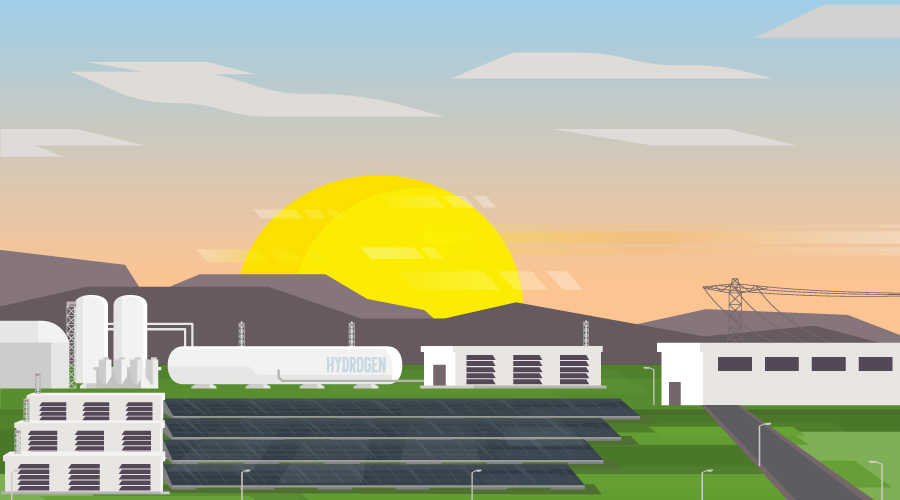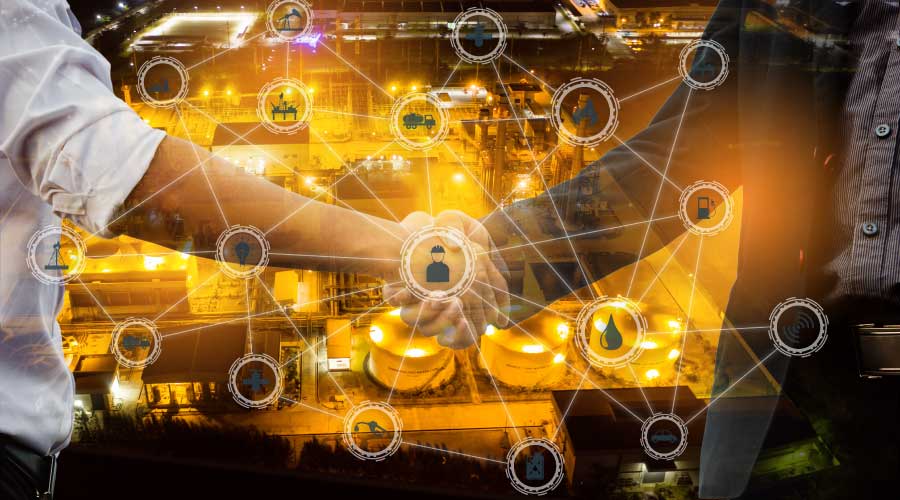Matching Infrared Imaging With Facility Needs
Infrared imaging technology has advanced a great deal in recent years, and managers in the market might find themselves overwhelmed at the range of available functions. One strategy for finding the most appropriate unit is to identify the features that will help users meet specific performance goals.
"We were looking for multiple features that would allow us to utilize the device for the specific conditions that we encounter on a daily basis," Arnold says. "For instance, we would often use the device in poorly lit areas, so we looked for a device that had a larger screen or some type of illumination.
"I was looking for something that came with a pretty good software package so we could utilize all the images and the information we were collecting with the device and put it into some type of a detailed report. Finally, we were looking for something that was somewhat rugged. This device is going to be in confined spaces, so we were looking for something that could withstand a few bumps and bruises and drops throughout the day."
The issue of user safety also can determine the ultimate product selection.
"The ability to zoom in on objects was key for the electrical (troubleshooting) because we work with some medium-voltage equipment" Thomas says. "We don't have the luxury of standing right on top of this equipment when we have it open. We like to keep a safe working distance in case there's a fault or failure."
Managers also need to understand the way the images produced by an infrared scan will appear, given that they will be the subject of analysis and scrutiny.
"We needed to produce an image of sufficient size," Turner says. "The size of the image produced on the screen gives you an opportunity to zero in on the area where the temperature differential is actually emanating from. If you have a little tiny screen, everything tends to get mashed together, and it's hard to zero in on exactly what you're looking at."
Managers and their staffs are not the only ones who need to view and understand infrared images.
"I like the ability to have the standard digital image alongside the thermal image," Pretzman says. "Sometimes, the thermal images are a little hard to decipher, and having the standard picture with it makes it easier to see what's going on and what you're looking at. If we have to bring an issue to upper management to justify a purchase to replace equipment, it makes it easier to explain exactly what it is that we're looking at and what the issue is."
The issue of user training is often challenging for managers, given the nature of budgets and technology investments. How much training is enough to ensure technicians use the equipment effectively? Is user certification necessary? Answers vary, but Arnold offers an insight gained from experience.
"In the future, if I was to purchase another unit, I would probably go with training, better training, and maybe even the certification for one of the front-line technicians," he says. "Unfortunately, because of our limited budget, we couldn't have anybody get the certifications for the unit."
Related Topics:














